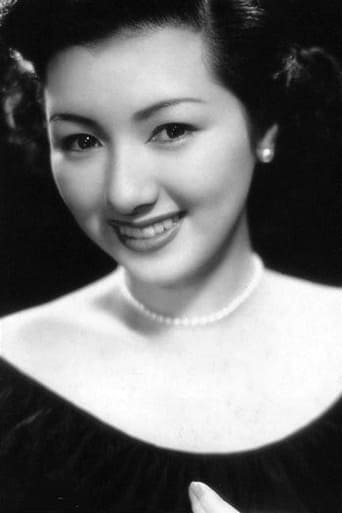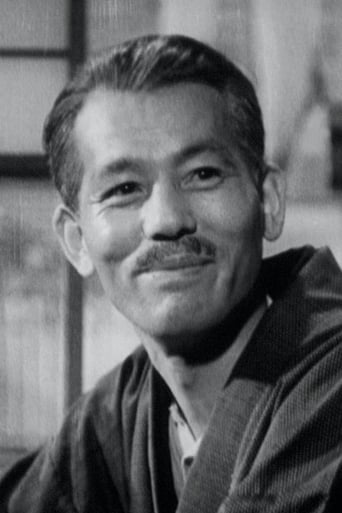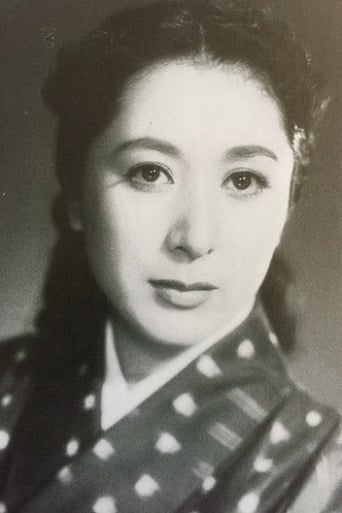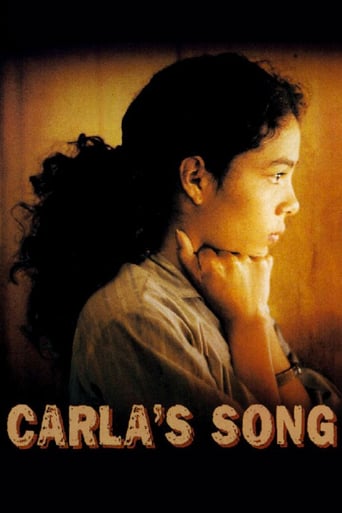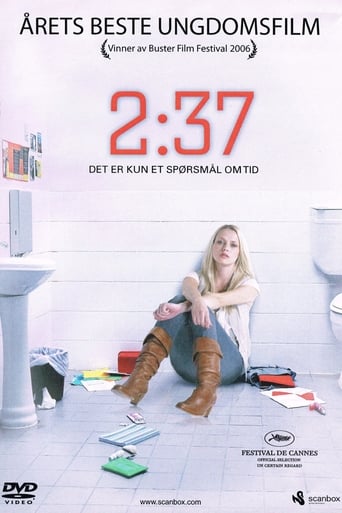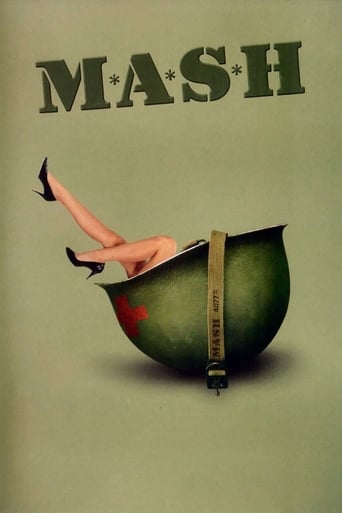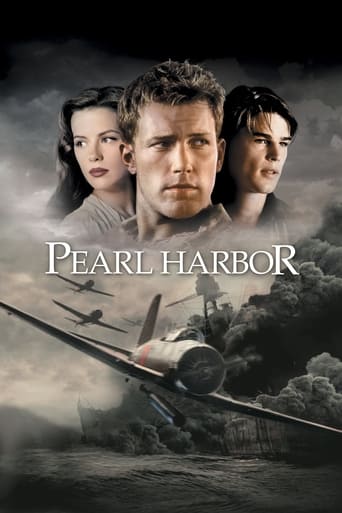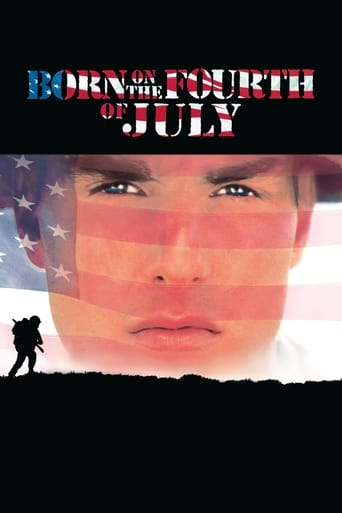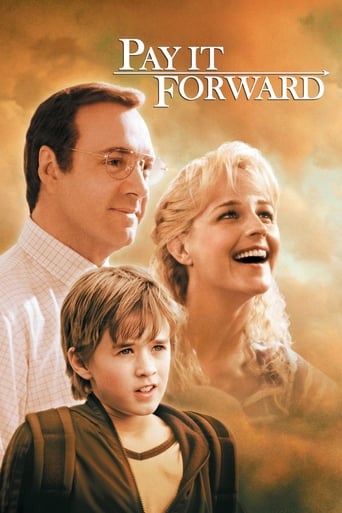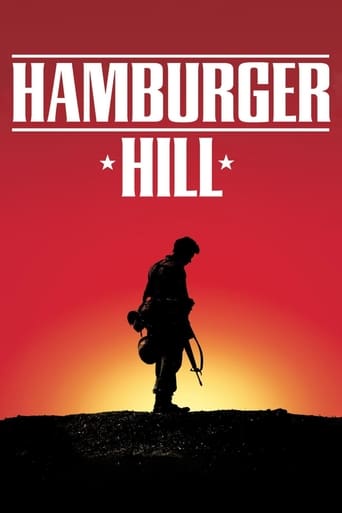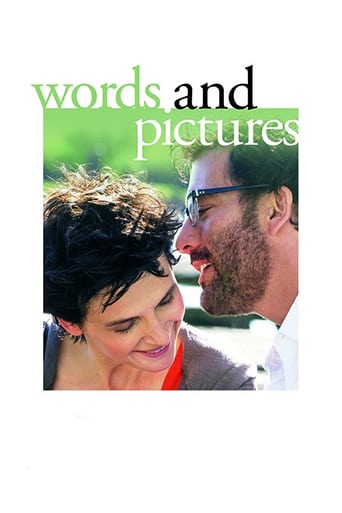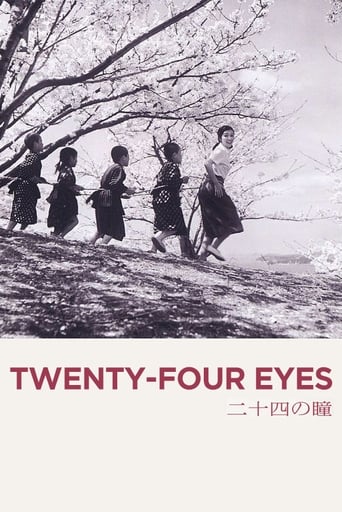
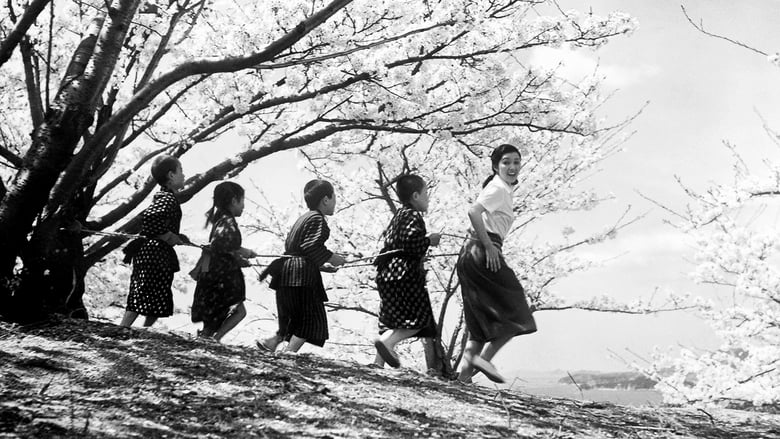
Twenty-Four Eyes (1954)
In 1928, schoolteacher Hisako Oishi takes a post on the island of Shodoshima teaching a group of twelve first grade students. In the following years, they face poverty, the rise of nationalism, and finally war.
Watch Trailer
Cast


Similar titles
Reviews
When a movie has you begging for it to end not even half way through it's pure crap. We've all seen this movie and this characters millions of times, nothing new in it. Don't waste your time.
Fun premise, good actors, bad writing. This film seemed to have potential at the beginning but it quickly devolves into a trite action film. Ultimately it's very boring.
The first must-see film of the year.
It's funny, it's tense, it features two great performances from two actors and the director expertly creates a web of odd tension where you actually don't know what is happening for the majority of the run time.
The movie is a great example of japanese war dramas and definitly worth watching.However, I think this movie could have been a bit better and I will use this movie to talk about 2 things it and many other movies do wrong in my opinion. For one, the movie uses extensive crying scenes to convey to the audience that the characters are sad and that we should feel bad about them. The funny thing is that the movie has great drama. I mean its war time, people are being cencored, people are dying and everything has this very depressing tone already. Seeing your characters burst out in tears during normal conversations is in my opinion cheesy and nothing else. It is basically the idea between showing the audience sadness directly and implying it and only making the audience feel sadness through the tone. The latter one being hard to achieve but when it hits, it hits hard. The first one feeling more easy and forced in my opinion and therefore can not convey the same emotion. Of course there are some great drama scenes with people screaming and crying heavily but everything has its place and time to make it believable and subtle.This movie has this great moment, when after the war the teacher was on a boat with her son and told him one of her former students wanted to row the boat for her as well and then she mentioned that he died. It was a great moment because it implies that not only that one boy but many of her students died during the war and since the audience knows them cares about their deaths, even if we dont know every of her student by name, the lose of the war is implied... but then a few minutes after that they show her infront of the graves of EVERY single lost student of hers, crying while showing their name. One of those 2 drama scenes is done right and the other is forced and cheesy.The second idea i want to talk about is when to end your movies. Its a compromise between delivering a finished package, framed with perfect edges, or having it a bit raw and unformed open for the imagination or even interpretation. You know making an ending that is open but not too open is very hard, but so is having it complete but not too drawn out. I myself like it more when things are unfinished and I have the longing for more, because I know if I had gotten more I would have wished it had been shorter. Often times films dont know when to stop and miss the perfect opportunity, which I find very frustrating. In "twenty-four eyes" you have this perfect scene at the end where the teacher is in her classroom again, seeing faces that look very similair to the children she tought 18 years ago (for one because they were to same actors, but storywise they were the children of her former students) This was right after the drama scenes that hammered in the loss this war created. Now we have this scene that conveys this message of hope and familiarity. The idea that there is a future and not everything is lost. Basically the perfect way to end. ....Execpt it went on for like 15 minutes with a reuniting scenes with all the former students and the teacher. It felt to me like the movie really wanted to hammer home the anti-war message more and show the audience how much the characters lost, even though we know that already. As if I was a child who has to be told that for like half an hour in order to understand it. You know this anti-war message is nice and all but dragging on your movie because of it and ruining the perfect ending for it really doesnt seem like a good idea.It must seem like I hated the movie, but I really dont. I dont give 7 stars out to every movie I see, you can see that by my scoring system. But i get really frustated when a very, very good movie get torn down by such small things.
"Twenty-Four Eyes" follows the life of a young school teacher named Hisako Oishi (Hideko Takamine) as she shepherds her twelve students through life with loyalty and love. The story focuses on the hopes of the children and the hopes of their teacher for them. Along the way, Sensei Oishi shares their heartbreaks that come from life's harsh realities.Because the film takes place in the years before and during WWII, Hideko is also confronted with extreme nationalism and a progressively jingoistic society under the rule of an Emperor. Through it all, she teaches the value of the individual and disdain for war.This film is touching and sensitive. Aided by an evocative soundtrack that contrasts poetic songs of nature with songs that encourage death in battle, the director, Keisuke Kinoshita (who also wrote the screenplay), shows how the story of the nation affected the lives of the twelve students.This film is a tribute to dedicated teachers, an insightful history lesson, and a celebration of the individual and his conscience. It is a masterpiece that is guaranteed to evoke tears.
For English speaking people, there are not many movies available on DVD starring Hideko Takamine. This is one, and it is a masterpiece. Ms. Takamine plays a schoolteacher in a small Inland Sea village in Japan. The movie's time line is twenty years, from 1928 to 1948. These turbulent times affect the students she teaches, some of whom went off to war. There are many tears in this film, from the children and Takamine's character. The fact that "Auld Lang Syne" is used at times for background music heightens the feelings of loss & sadness, which does make up some of the story. This is somewhat of an anti-war film, but only as it affects the children and the teacher. Ms. Takamine is luminous in this role, as she is in every movie I've ever seen her in. The fact that the director Kinoshita Keisuke also directed her in "Carmen Comes Home" (the first ever Japanese film in color), a film light years away from this one, shows off their versatility in their craft. The only complaint I have is small, that the subtitles are somewhat annoying, since they are sometimes out of sync. However, a great movie is a great movie. This film won the Golden Globe for Best Foreign Language Film. It is a richly deserved honor.
It was a pleasure for me to see this lovely movie, a film I've really wished to see in the last four years but I couldn't do it until today. I heard about this movie when I lived in Japan and visited Shodoshima island, where "Eiga Mura" (Cinema Village), the place this film was made, can still be visited and the atmosphere of the past can be enjoyed. To be honest, I must say that "Nijushi no hitomi" wasn't for me the "exceptional film" I expected to see, but anyway it has been a pleasant experience. The life of the rural teacher, from the start of her career (in the mid 20's) to the time she retakes her teaching position after having become a widow (in the 40's, after the end of WWII), is an interesting guide to discover the traditional life and mentalities in the small islands of Seto (Japan Inland Sea). A good point for this film: it is usually said that this is an "anti-war" film. Well, it is true that the teacher shows a clear position against the wars Japan was involved (the war against China and the later Pacific War against the USA), but this film mustn't be considered as a pacifist pamphlet: the honest position of the teacher against the war is just one more detail in this complete description of how life should be in rural Japan during those difficult prewar, war and postwar years. A film that should be shown in every school around the world.


